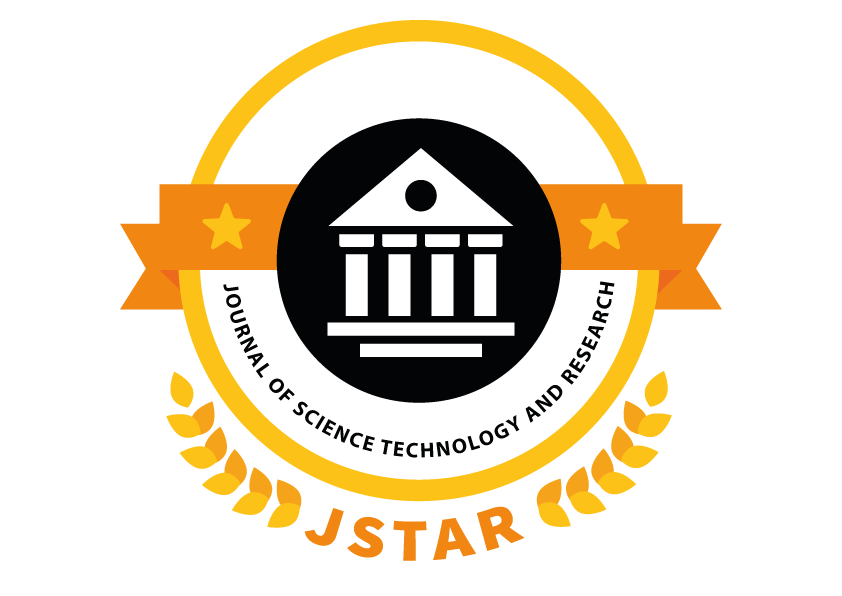Author:
C.Manju Priya, Jayaraj , Dr Uma SPublished in
Journal of Science Technology and Research( Volume , Issue )
ABSTRACT:
Every day, massive data volumes emerge from industries, social media, and communication platforms. This complex data—referred to as big data—requires advanced tools for storage, management, and analysis. While traditional approaches struggle with its volume, velocity, and variety, semantic analysis offers a better understanding of underlying meanings. When combined with ontology, it becomes especially useful for processing unstructured web content. Therefore, Neutrosophic Theory and Sentiment Analysis provide a robust solution to identify sentiment patterns in big data. They support a wide range of applications including emotion mining, recommendation systems, and popularity tracking. Moreover, we introduce a new method that extracts semantic relationships among data attributes, enhancing decision-making systems. This method successfully interprets user opinions in product reviews and social media discussions. As a result, organizations can extract valuable insights and adapt to user sentiment effectively. In short, this approach strengthens business intelligence and ensures more accurate and scalable sentiment classification.
INTRODUCTION:
The rapid growth of internet-based platforms like social media, blogs, and e-commerce continues to generate massive data. This data often appears in mixed formats—structured and unstructured—which traditional tools cannot efficiently analyze. To solve this, researchers apply big data analytics using natural language processing, web mining, and machine learning. As a result, platforms such as Facebook, Twitter, and Amazon now offer valuable insight into public opinion. Using NEUTROSOPHIC THORY AND SENTIMENT ANALYSIS this study captures people’s emotions, attitudes, and preferences in online content. It helps organizations track trends, predict behavior, and improve services. Furthermore, sentiment analysis is essential in understanding how customers respond to brands, products, and political events. Unlike traditional tools, this technique processes massive and fast-changing datasets with improved accuracy. Clearly, the integration of semantic technologies with big data tools transforms raw data into actionable insights. Thus, NEUTROSOPHIC THORY AND SENTIMENT ANALYSIS businesses can make informed decisions and adapt to real-time customer feedback.

